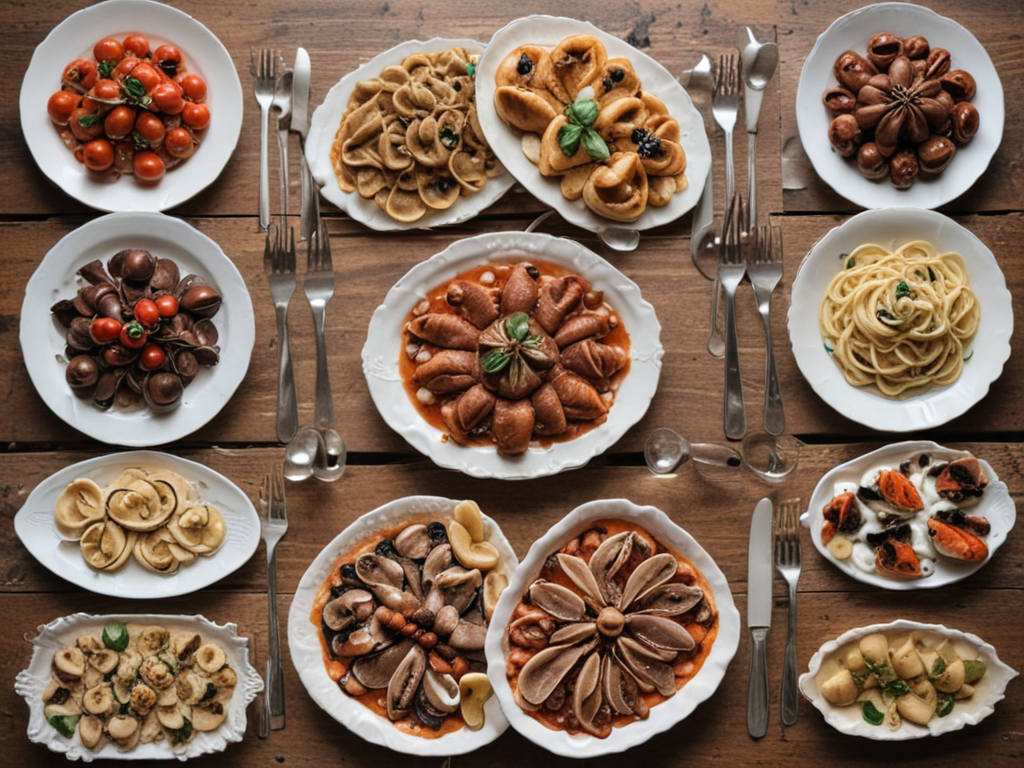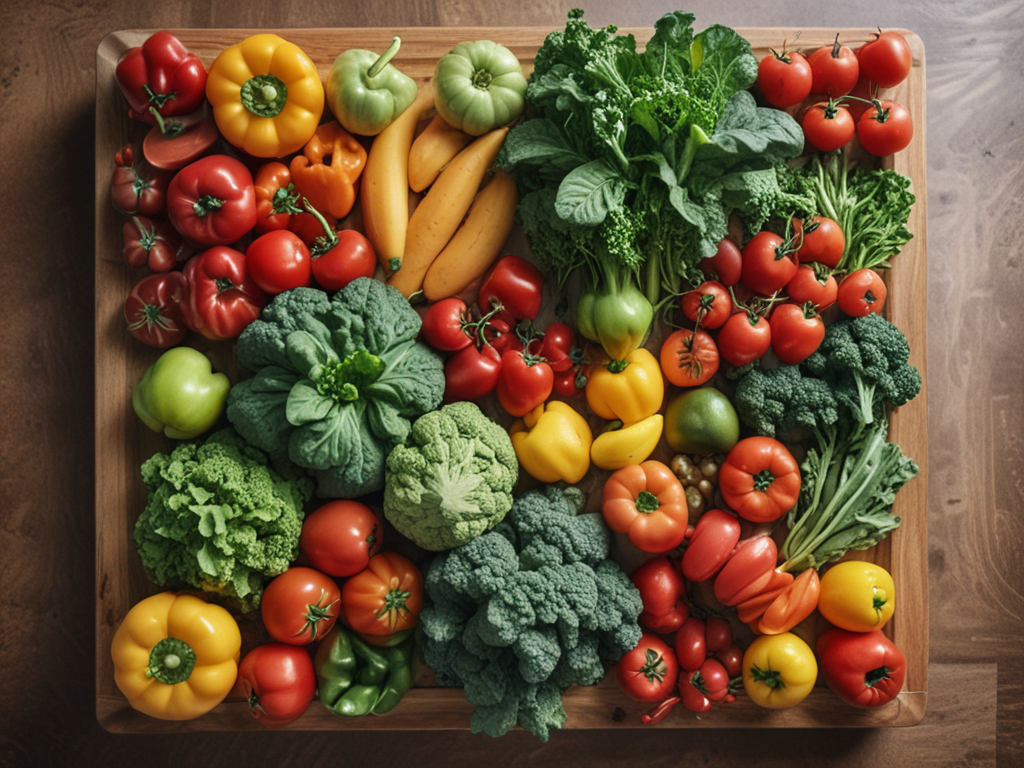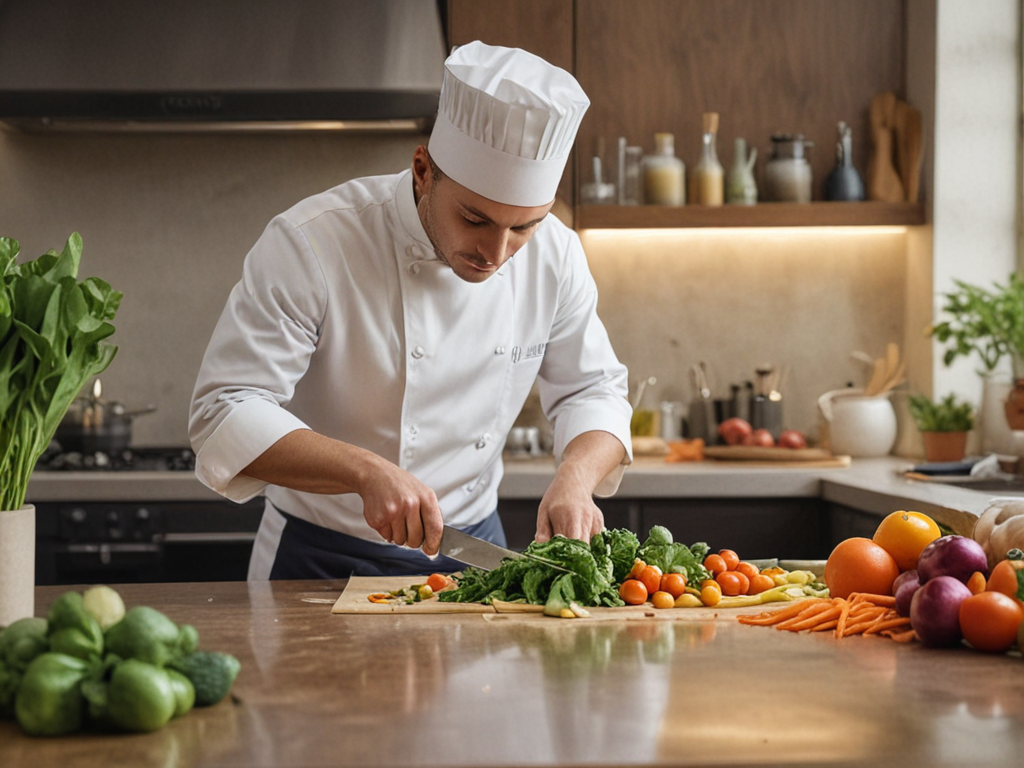
As we all know, Italy is synonymous with pasta, but what if I told you there’s a whole culinary world beyond that famous dish? From the subtle flavors of regional delights to the fresh seafood sensations along the coast, Italy’s gastronomic landscape is rich and diverse. Join me as we uncover the secrets of farm-to-table cuisine, savor the sweet indulgences that grace Italian tables, and explore the hidden gems that make every bite a revelation. Let’s journey through Italy’s culinary traditions to discover a side of this food paradise that goes well beyond the expected.
Regional Delights
Exploring the diverse culinary landscape of Italy reveals a rich tapestry of regional delights that showcase the country’s gastronomic diversity. Each region boasts its own local specialties, offering unique flavors that tell a story of tradition and innovation. From the hearty ragù of Bologna to the delicate risotto of Milan, Italy’s traditional recipes have stood the test of time, preserving centuries-old culinary techniques that continue to enchant palates worldwide.
However, the beauty of Italian cuisine lies not only in its adherence to tradition but also in its openness to modern twists. Chefs across the country are constantly reimagining classic dishes, infusing them with contemporary flair while staying true to their roots. This blend of old and new results in culinary creations that are both comforting and surprising, familiar yet innovative.
Seafood Sensations
Amidst Italy’s culinary landscape, the seafood sensations offer a delightful exploration of the country’s coastal flavors and culinary expertise. The coastal cuisine of Italy is a celebration of oceanic delights, with an abundance of fresh seafood that reflects the Mediterranean marvels. From the northern Ligurian Sea to the southern Ionian Sea, Italy’s shores boast a diverse array of shellfish specialties that captivate the taste buds.
Italian seafood dishes are a proof to the country’s rich maritime heritage and profound respect for the bounties of the sea. Whether it’s succulent grilled calamari in Sicily, exquisite Venetian seafood risotto, or the iconic Ligurian pesto pasta with fresh anchovies, each region offers its own unique twist on seafood classics.
Exploring Italy’s seafood sensations is not just about savoring delicious dishes; it’s a journey through centuries-old culinary traditions that have been passed down through generations. The art of preparing and enjoying seafood in Italy is a cultural experience that truly embodies the essence of la dolce vita.
From Farm to Table
When considering Italy’s culinary landscape, it is important to acknowledge the pivotal role of fresh ingredients and sustainable food practices. The journey from farm to table embodies a commitment to quality, flavor, and environmental stewardship. As we explore the interconnectedness of Italian cuisine and its agricultural roots, we reveal a narrative of tradition, innovation, and respect for nature.
Fresh Ingredients Importance
From the fertile fields of Tuscany to the bustling markets of Sicily, the emphasis on using fresh ingredients in Italian cuisine is a fundamental aspect that underscores the essence of the farm-to-table philosophy. Seasonal produce plays a pivotal role in shaping traditional dishes, ensuring peak flavor and quality. Local markets teem with vibrant fruits, vegetables, and herbs, offering a diverse array of ingredients that inspire culinary creations. The proximity of these markets to restaurants allows for quick access to fresh produce, minimizing the time between harvest and consumption. By sourcing ingredients locally, chefs can guarantee the authenticity and freshness of their dishes, fostering a deeper connection to the land and the community. This commitment to utilizing fresh, seasonal ingredients not only enhances the dining experience but also supports sustainable agricultural practices.
Sustainable Food Practices
In implementing sustainable food practices from farm to table, an important focus lies on minimizing food waste and promoting environmentally friendly methods of production and distribution. To combat food waste, initiatives like utilizing imperfect produce, implementing composting systems, and donating excess food to those in need are essential steps. Embracing organic farming practices further enhances sustainability by avoiding synthetic chemicals and promoting soil health. By supporting local farmers who practice organic farming, we contribute to a healthier ecosystem and reduce the carbon footprint associated with food transportation. Sustainable food practices not only benefit our health but also play a significant role in preserving the environment for future generations. Making conscious choices about the food we consume can have a profound impact on our planet’s well-being.
Sweet Indulgences
Exploring Italy’s sweet indulgences reveals a rich tapestry of flavors and traditions that captivate the palate. When it comes to decadent desserts and confectionery creations, Italy boasts a diverse range of sugary delights that are a reflection of the country’s culinary expertise. Here are some notable sweet indulgences that shouldn’t be missed:
- Tiramisu: This iconic Italian dessert layers coffee-soaked ladyfingers with a rich mascarpone cream, creating a harmonious blend of flavors and textures.
- Cannoli: Crispy pastry tubes filled with sweet ricotta cheese and often studded with candied fruits or chocolate chips, offering a delightful contrast of creamy and crunchy elements.
- Panna Cotta: A velvety smooth custard-like dessert typically flavored with vanilla and topped with a luscious fruit compote or caramel sauce.
- Sfogliatella: A traditional pastry hailing from Naples, featuring flaky layers of dough filled with a citrus-infused ricotta filling, showcasing pastry perfection at its finest.
These sweet treats embody Italy’s commitment to culinary excellence and are sure to enchant even the most discerning dessert aficionados.
Hidden Gems
Italy’s culinary landscape not only shines through its renowned sweet indulgences but also harbors hidden gems waiting to be discovered by enthusiastic food enthusiasts. When exploring Italy’s hidden culinary treasures, one can uncover a myriad of local specialties that offer authentic flavors unique to each region. From the rich and savory porchetta in Ariccia to the delicate and aromatic limoncello in the Amalfi Coast, these hidden gems showcase the diverse and vibrant culinary tapestry of Italy.
To give you a taste of some of these hidden culinary delights, here is a table highlighting a few local specialties from different regions of Italy:
| Region | Local Specialty |
|---|---|
| Tuscany | Ribollita |
| Sicily | Arancini |
| Emilia-Romagna | Tortellini |
Exploring these hidden gems not only allows you to indulge in authentic flavors but also provides a deeper understanding of the cultural and historical significance behind each dish. Italy’s culinary scene is truly a treasure trove for those willing to venture off the beaten path.
Culinary Traditions
Among the myriad culinary delights found throughout Italy, a journey through the country’s diverse culinary traditions reveals a tapestry rich in history and flavor. Regional specialties play a significant role in Italy’s culinary landscape, showcasing the unique ingredients and cooking techniques that vary from north to south. Historic recipes passed down through generations offer a glimpse into Italy’s gastronomic past, preserving the essence of traditional dishes that have stood the test of time.
My culinary expedition through Italy has uncovered a treasure trove of culinary traditions that continue to shape the country’s vibrant food culture. From the rich tomato-based sauces of the south to the buttery risottos of the north, each region offers a distinct culinary experience that reflects its history and heritage. Embarking on this exploration has allowed me to appreciate the depth and diversity of Italian cuisine, celebrating the artistry and craftsmanship that define each dish.
- Regional specialties highlight Italy’s culinary diversity
- Historic recipes provide a window into the past
- Ingredients and techniques vary from region to region
- Culinary traditions showcase Italy’s rich gastronomic heritage





